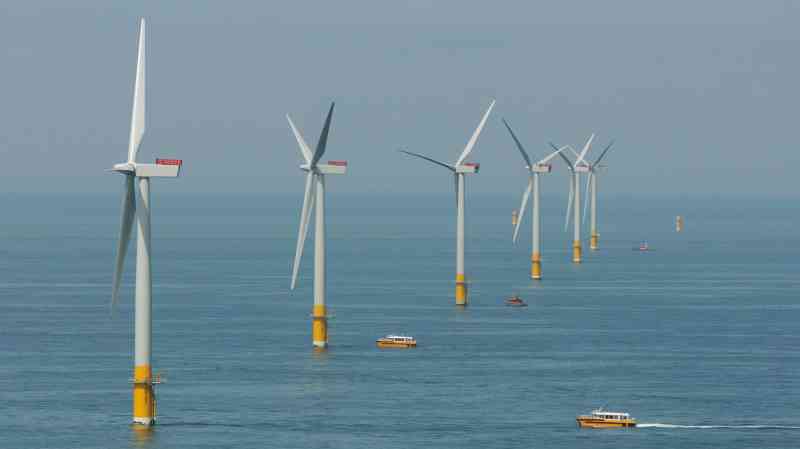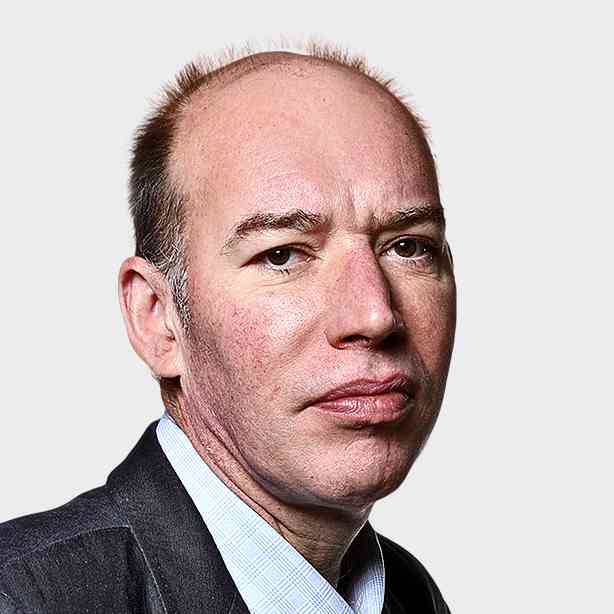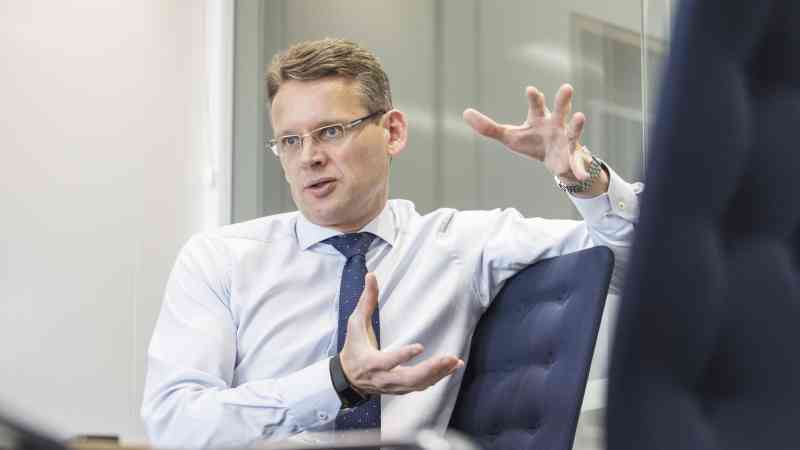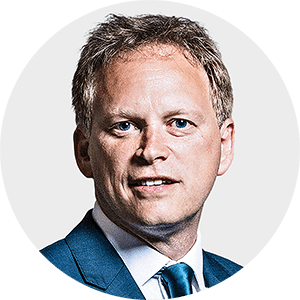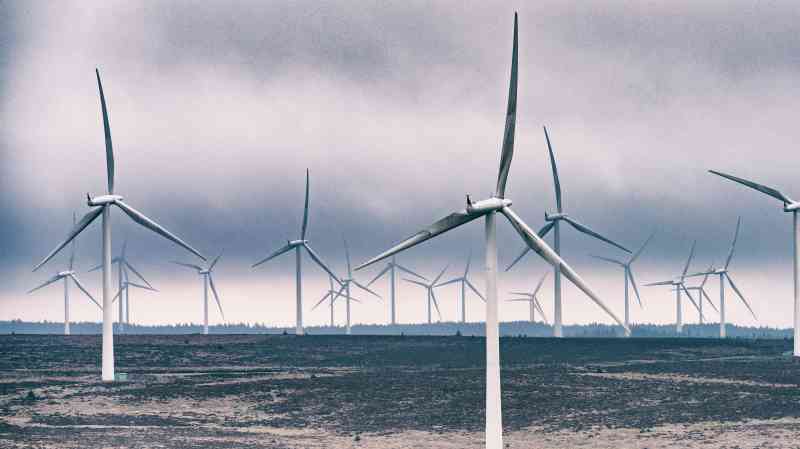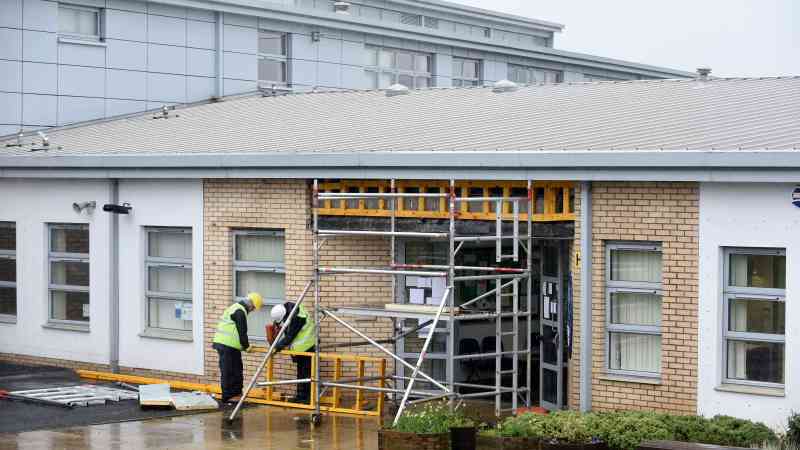Drive to lead the world in renewable energy has been breath of fresh air
SSE’s first big foray into offshore wind came at the expense of the Phillips-Davies family Christmas. It was 2007 and Alistair Phillips-Davies, then an executive director of the energy group, was in Canada and by coincidence staying at the same resort as his colleague Gregor Alexander. “We both spent the entire Christmas and new year on a family ski holiday trying to buy Airtricity, because we knew that was a pivotal point: we weren’t as big in renewables as we needed to be,” Phillips-Davies says. “We spent about eight days locked in a room, from five-thirty, six o’clock in the morning till about two, three o’clock in the afternoon.”
The sacrifice paid off: SSE clinched the deal to buy the Irish renewables company and with it the rights to build its first offshore wind farm at Greater Gabbard, off Suffolk, then due to be the world’s largest.
Fast forward 13 years and renewables are at the heart of the FTSE 100 group, which also owns power networks and gas plants. Phillips-Davies, SSE chief executive, and Alexander, now its finance director, are once more building what will be the world’s largest offshore wind farm but on an altogether different scale. Greater Gabbard used 3.6 megawatt turbines, each standing 130m tall, about 12 miles offshore. SSE’s latest project at Dogger Bank, more than 80 miles off the Yorkshire coast, will use 13 and 14 megawatt turbines up to 260m tall, so powerful that a single turbine spin can power a home for two days. The project should generate enough electricity for six million homes.
“We’re the UK’s pre-eminent green company,” Phillips-Davies says. “We’re competing on a world stage. Who would have thought a UK company was building more offshore wind than anybody on the planet at the moment?”
SSE’s ambitions do not stop there. It aims to treble its renewable output by 2030 and is considering expansion beyond the UK and Ireland with moves into offshore wind in Denmark, Spain and Portugal. Such plans would have been unimaginable when Phillips-Davies, 53, joined the company almost a quarter of a century ago after a stint in banking: “Renewables in 1997 was a twinkle in people’s eyes.” By the time he became chief executive in 2013, SSE had wide-ranging interests that included being one of the “Big Six” household suppliers as well as operating North Sea gas fields and coal plants.
One of his boldest moves has been selling the household supply arm, extricating SSE from “the trials and tribulations of the retail market” and the accompanying political and media circus that he never appeared to enjoy. A planned spin-off and merger with its rival Npower collapsed in 2018 and SSE eventually sold the division last year to Ovo, run by the entrepreneur Stephen Fitzpatrick, although with Ovo operating the business under SSE’s name, Phillips-Davies is not entirely free of it just yet. “I look forward to when Mr Fitzpatrick rebrands the business but he’s got the right to use the name for three years,” he says. “In the meantime, my Saturday morning breakfast is normally interrupted by five or six emails from customers who’ve got some issue or other.”
The sale was part of a streamlining to focus on SSE’s core businesses of electricity networks and renewables. Of the £7.5 billion it is investing in the five years to 2025, about 90 per cent will be in those divisions.
It was not always destined to be this way. In 2014 SSE hit the brakes on offshore wind projects, questioning the sector’s viability at a time when costs were high and green subsidies were at the centre of a political row over rising energy bills.

As costs started falling, though, SSE threw itself back into offshore wind and revived projects such as Dogger Bank that it had put on ice. “We retained all that optionality, we developed it and came out the other side, unlike some other businesses,” Phillips-Davies says, in a thinly veiled reference to Centrica. The British Gas owner was worth more than SSE as recently as 2014 but pursued the opposite strategy, offloading wind farms to focus on the retail market. Its value has collapsed to less than a quarter of SSE’s.
Now, though, competition in the sector is hotting up. Last month SSE was among the losing bidders in a rare auction of offshore wind seabed rights off England and Wales after companies including BP paid record high prices. Subsidies for offshore wind farms have plummeted over the past decade thanks to advances such as bigger turbines. Phillips-Davies says that the high lease fees risk “putting up end-user costs” again as the oil groups seek to recoup their spending, although he also suggests that their big bets could come back to bite them in a few years (“maybe somebody takes a write-off”).
In the near term he predicts that more wind farms will be built off Scotland, where companies including SSE have acquired seabed rights for much lower fees, which should enable them to undercut the likes of BP in competitions for subsidy contracts. And, he says, that’s good news for SSE’s networks in Scotland, where investment is likely to be needed to transmit the electricity from such projects.
Meanwhile, developers are under pressure to increase the low share of wind turbine parts made in the UK. GE, the turbine manufacturer for Dogger Bank, announced last week that it would build a new blade factory in Britain to supply the project and Phillips-Davies says that SSE is in talks with the government and other companies to secure investment. “We’ve got a long hit list of places where we’re looking to help people build more UK content. Hopefully there’ll be other announcements in the coming months.”
SSE’s renewables business helped it to become a lead sponsor of this year’s COP26 climate talks in Glasgow but its green credentials have been criticised because of its gas plants, including a new one at Keadby in north Lincolnshire. “The energy transition is exactly that: it’s a transition,” Phillips-Davies says. “We’d all love to have [gone] completely green right away but what we need to do is be on a clear path to decarbonise.”
SSE will look to retrofit the Keadby plant and other existing gas plants with carbon capture and storage (CCS) and “will not build any other gas plant in the UK unless they’re abated, or running on hydrogen”.
With the right government support, he could see SSE “potentially building four CCS plants by the early Thirties”. This, he argues, could play a crucial role, complementing its renewables drive by ensuring energy security when the wind is not blowing. “We’re going to build all this wind. We need to make sure that we’ve got enough flexible, low-carbon generation as well.”
Q&A
Who is your mentor?Our chairman Richard Gillingwater.Does money motivate you?A bit. I’m in a fortunate position working with great people.What was the most important event of your working life?When I became chief executive.Which person do you most admire?Bill Gates has done amazing things for healthcare in the world and written a book about climate change that’s quite a simple, easy read. He’s pretty inspiring.What does leadership mean to you?It’s about getting your team to do great things. It’s all about trust.What is your favourite TV programme?During lockdown, the amazing experiment that is Married at First Sight Australia. What a programme that is. Just remarkable.How do you relax?When the last lockdown came I signed up to a website called Guitar Tricks and bought a guitar and relived a dream I had 40 years ago. I want to hammer out those riffs and get behind a Marshall stack and shake what few hairs I have left.
CV
Age 53EducationWoodlands comprehensive, Derby; natural sciences, St Catharine’s College, Cambridge; ICAEW chartered accountant.Career1988: Deloitte Haskins & Sells; 1991: HSBC (Midland Bank); 1994: NatWest; 1997: various roles at SSE (initially Southern Electric) including director of corporate finance, energy supply director, generation & supply director and deputy chief executive; 2013: chief executive.FamilyMarried, three children.
